HVAC, short for Heating, Ventilation, and Air Conditioning is more than just climate control. On a yacht, it’s a complex system that ensures thermal comfort, air quality, humidity control, and system efficiency in a highly variable marine environment. Whether you’re designing a new build, upgrading an older vessel, or planning a refit, understanding how HVAC works and why it matters is key to maintaining onboard comfort and operational performance.
What Does an HVAC System Do on a Yacht?
At its core, an HVAC system on a yacht has four primary functions:
-
Heating – Maintains cabin temperature in cold conditions
-
Cooling – Removes heat and controls cabin temperature in warm climates
-
Ventilation – Circulates fresh air, removes odors, and prevents stale or moist air buildup
-
Dehumidification – Manages humidity to protect interiors and electronics from corrosion and mold
Unlike land-based systems, marine HVAC must operate in a constantly changing environment: sea spray, engine heat, limited airflow paths, and tight technical spaces.
HVAC is not just a comfort system it’s a key contributor to health, safety, and vessel longevity.
What are the Main Components of a Yacht HVAC System?
A yacht HVAC system is made up of several integrated components:
| Component | Function |
|---|---|
| Chillers / Heat Pumps | Produce hot or cold water (central plant) |
| Air Handlers (FCUs) | Distribute conditioned air into cabins and lounges |
| Thermostats / Zone Controllers | Control temperature in each space independently |
| Ventilation Fans & Ducting | Enable fresh air flow and exhaust management |
| Humidistats | Control moisture levels to prevent mold and condensation |
| Air Filters | Clean air of dust, allergens, and odors |
How HVAC Systems Operate on Yachts
Yacht HVAC systems are typically water-cooled and closed-loop. Here’s how it works:
-
Chillers produce chilled (or heated) water.
-
That water circulates through piping loops throughout the yacht.
-
Fan coil units (FCUs) use that water to condition air inside cabins.
-
Ventilation fans bring in fresh air and remove stale air.
-
The system is controlled by zoned thermostats for precise cabin-by-cabin comfort.
Tip: HVAC performance depends heavily on insulation quality and the thermal design of the vessel.
Safety, Redundancy, and Regulation
On larger or commercial yachts, HVAC also plays a role in:
-
Fire safety (vent closure integration)
-
Overpressure control in technical spaces
-
Regulation compliance (MLC 2006 crew welfare standards)
-
Fail-safe redundancy, ensuring continuous operation in different zones
Critical systems like bridge cooling, galley exhaust, and engine room ventilation are often on separate circuits for failover.
Refit Considerations: When and Why to Upgrade HVAC
During a yacht refit, HVAC upgrades are often triggered by:
-
A layout change (new ducting or cabin zones)
-
New charter classification (crew cabin ventilation compliance)
-
Switching to eco-friendly refrigerants
-
Energy efficiency and power load balancing
-
Adding air purification or smart thermostats
Warning: Retrofitting HVAC into an older vessel can require significant work on insulation, ducting, electrical, and chilled water systems.
Cost & Energy Impact
| Aspect | Typical Impact |
|---|---|
| Refit HVAC System Cost | €50K – €400K (depends on size and complexity) |
| Power Consumption | 15–30% of hotel load |
| Maintenance Needs | Annual servicing; filter changes, pump checks, refrigerant inspection |
Smart HVAC: The New Frontier
Modern yacht HVAC systems now integrate:
-
Smart zoning with app-based control
-
CO₂ and air quality sensors
-
Energy recovery systems
-
Silent mode for night-time comfort
-
Marine-grade HEPA filtration (post-COVID standard)
On a yacht, comfort isn’t a luxury it’s a systematic, engineered experience. HVAC plays a silent but vital role in ensuring every cabin feels just right whether you’re anchored in the Aegean or crossing the Atlantic.
We specialize in HVAC upgrades, system integrations, and performance refits tailored to your cruising needs and vessel class.
FAQs
What does HVAC mean on a yacht?
HVAC stands for Heating, Ventilation, and Air Conditioning. On a yacht, it refers to the integrated system that controls temperature, humidity, and air quality across interior spaces, ensuring onboard comfort and safety in all climate conditions.
How does a yacht HVAC system work?
Yacht HVAC systems typically use a centralized chilled-water loop or split-unit design. Chillers produce hot or cold water, which is circulated through fan coil units (FCUs) that condition air in individual cabins. Ventilation ducts bring in fresh air and expel stale air, while thermostats regulate zone temperatures.
Why is HVAC important on a yacht?
HVAC systems are critical for maintaining thermal comfort, preventing moisture buildup, protecting sensitive equipment, and meeting classification or crew welfare regulations (such as MLC 2006). On larger yachts, HVAC also contributes to fire safety and air pressure control.
Can HVAC systems be upgraded during a refit?
Yes. HVAC systems are often upgraded during refits to improve energy efficiency, replace outdated components, support new interior layouts, or integrate modern controls like smart thermostats and air quality sensors. Refit also offers the opportunity to switch to more sustainable refrigerants.
What is the difference between marine HVAC and residential HVAC?
Marine HVAC systems are designed for dynamic environments with limited space, constant motion, high humidity, and salt exposure. They must also handle varying thermal loads between engine rooms and living areas, making them more robust and specialized than residential systems.
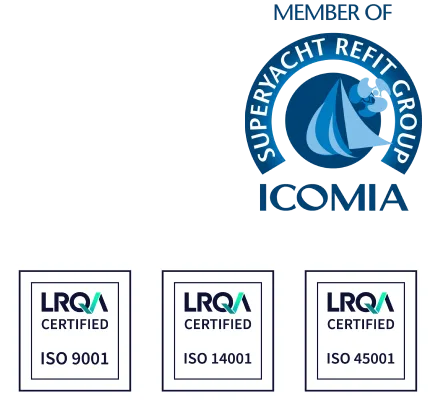
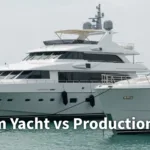

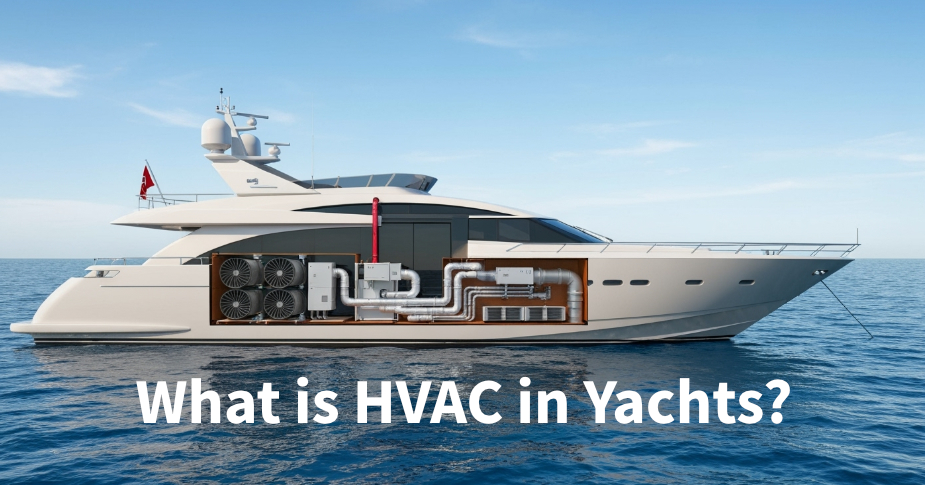
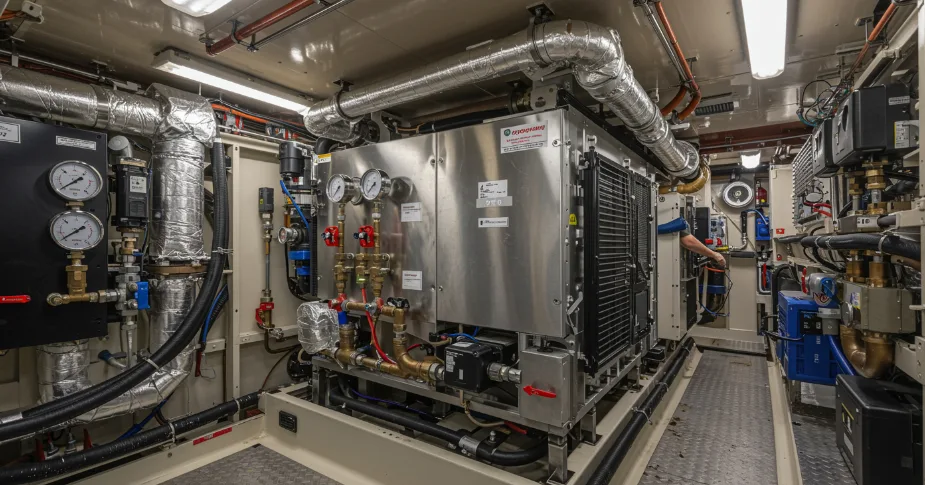
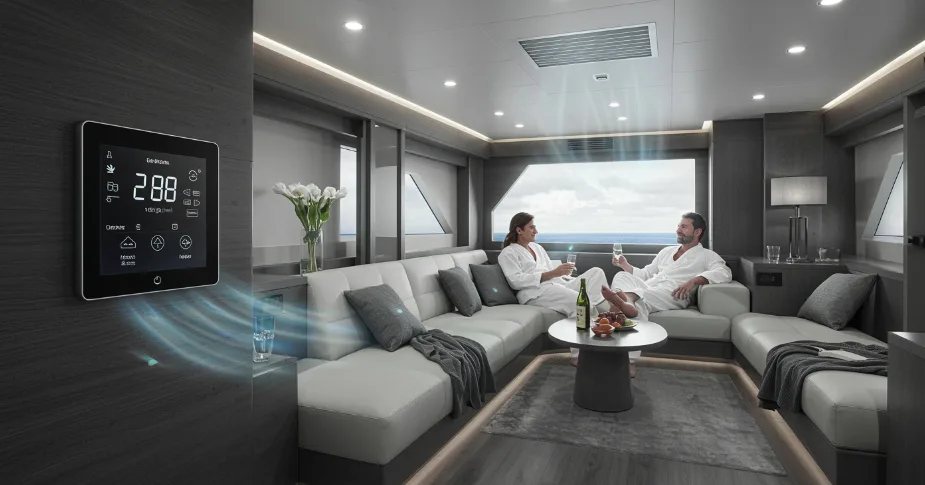


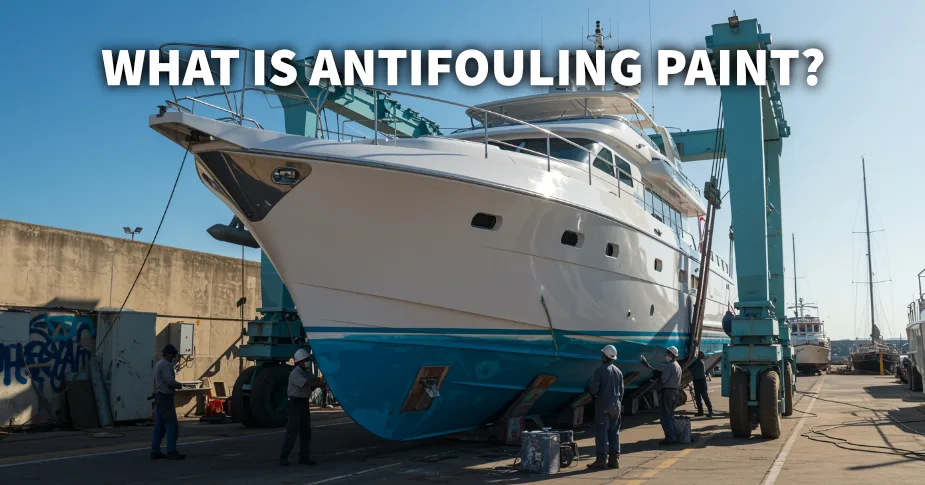
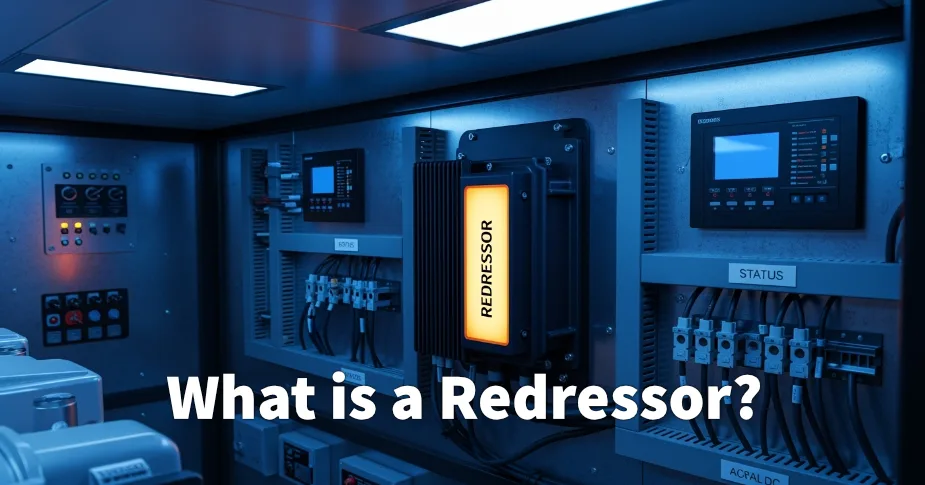

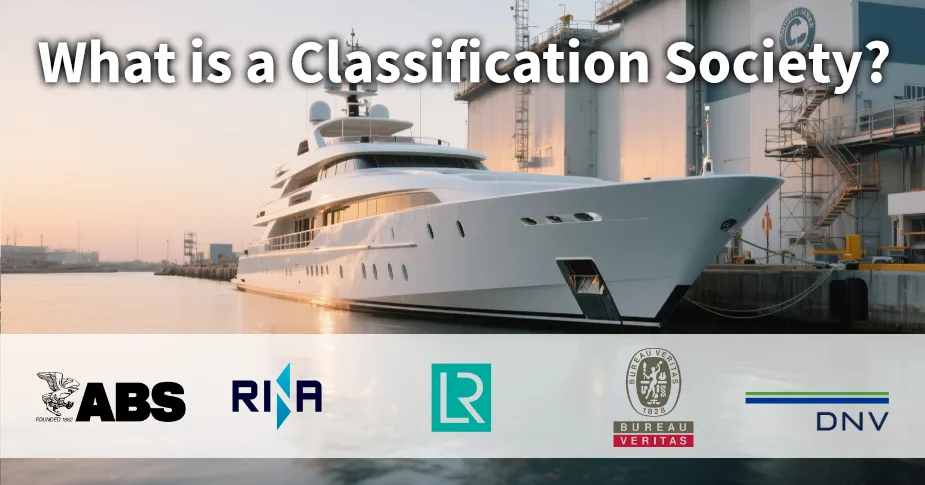
[…] aging propulsion, HVAC, or electrical […]
[…] HVAC load test […]